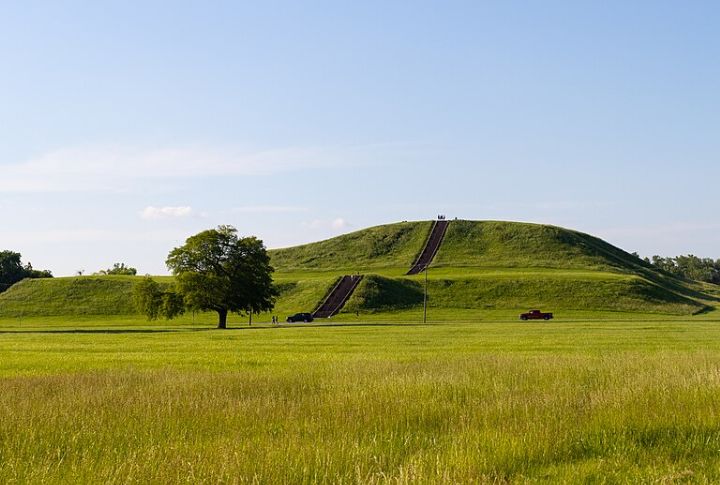
A gentle shoreline can hide more than it reveals. All across the country, rising waters swallowed towns, leaving Native history beneath lakes and rivers. These places weren’t abandoned—they were overtaken. Yet their stories live on in bones, tools, and memory. This article uncovers ten sunken sites where Indigenous life once thrived before the flood came.
Palisaded Villages Beneath Lake Marion
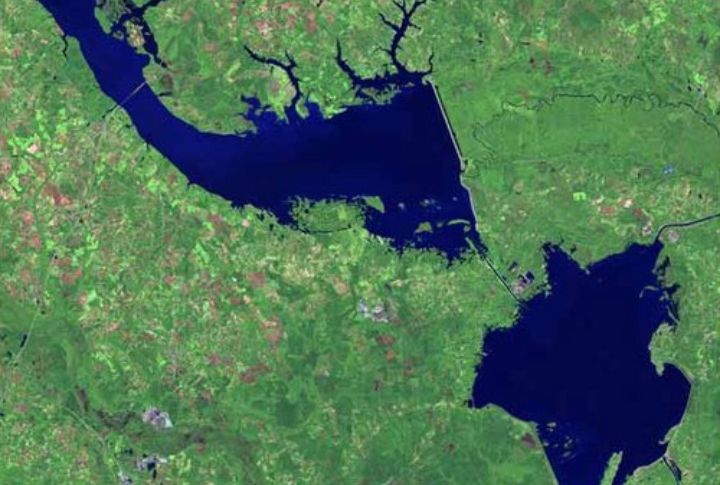
What may now look like just another Southern reservoir once held fortified Native settlements. Lake Marion swallowed a stretch of land that held Mississippian-era villages. Archaeological surveys confirm their existence. When the water recedes during dry seasons, haunting outlines of those villages quietly reappear.
Etowah Mounds’ Sister Sites Lost Under Water
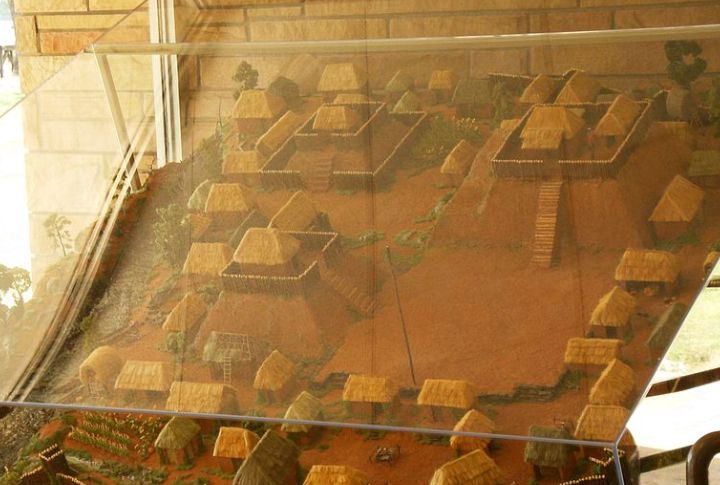
While the Etowah Mounds still stand above ground, their ceremonial reach extends far beyond. In Georgia, reservoir flooding buried related mound sites tied to these once-powerful centers. Some areas were never properly excavated. Sonar scans later revealed underwater geometries.
Oconee Sites Drowned By Lake Strom Thurmond

Beneath the still waters of Lake Strom Thurmond lie ancient Oconee towns and burial grounds. This South Carolina reservoir disrupted far more than the terrain. Pottery and remains surfaced during its construction, stirring protests among Native communities whose ancestral connections were ignored in the name of progress.
Chickasaw Villages Beneath Pickwick Lake
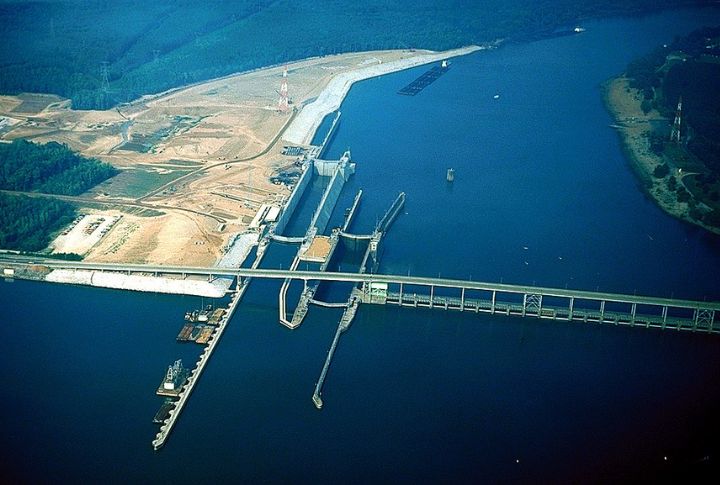
In Tennessee, Pickwick Lake covers history. TVA dam projects of the mid-20th century submerged Chickasaw heritage sites, many only hastily surveyed. Archaeologists worked against the clock to salvage what little they could before the rising waters covered the village foundations that still rest underwater to this day.
Town Of Loyston And Indigenous Roots At Norris Lake

Before Norris Lake filled the valley in 1936, it buried both a bustling town and ancient Native settlements. Loyston is still remembered locally, especially when droughts briefly reveal its skeleton. But alongside its roads and buildings, Indigenous tools have been unearthed. It reminds us of lives that shaped the land.
Ancestral Puebloan Trade Sites Under Lake Powell
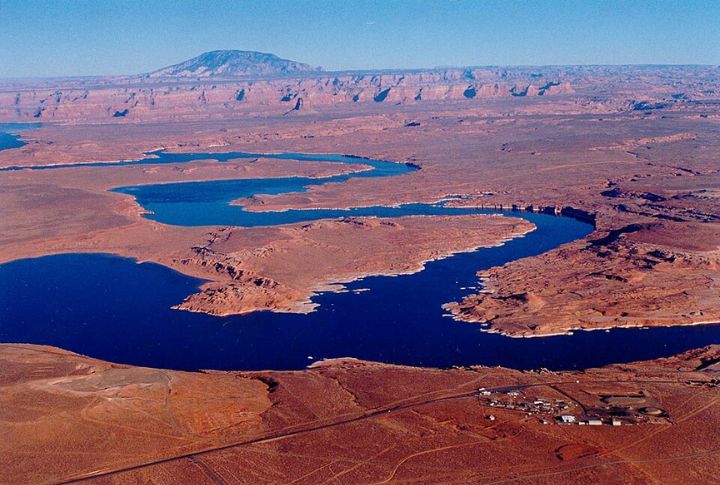
Lake Powell’s striking beauty belies what it holds beneath. Over 250 archaeological sites, many connected to the Ancestral Puebloans, now sit drowned beneath its surface. Most were never fully studied. Divers have spotted submerged petroglyphs left behind by traders and farmers who once moved through this desert corridor.
Mississippian River Towns Lost To Kentucky Lake
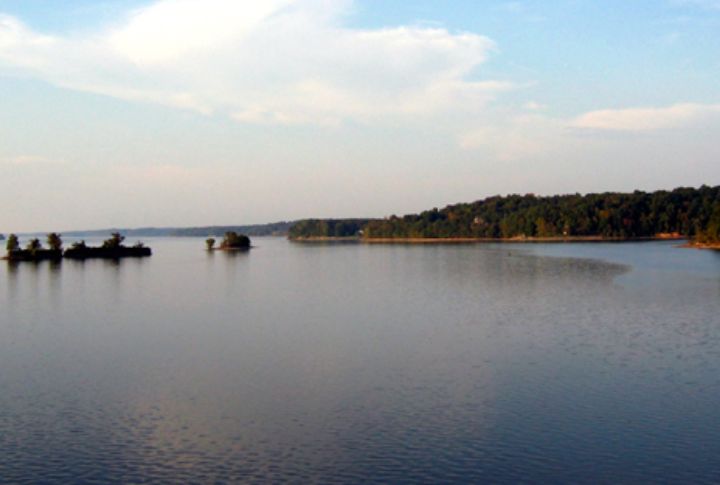
Progress came fast in the 1940s, and ancient settlements didn’t stand a chance. As engineers rushed to dam the Tennessee River, Mississippian-era towns were bulldozed to make room for Kentucky Lake. Hundreds of burial sites were documented—some just in time, with rising waters closing over them only hours later.
Cahokia-Linked Settlements Now Under Carlyle Lake
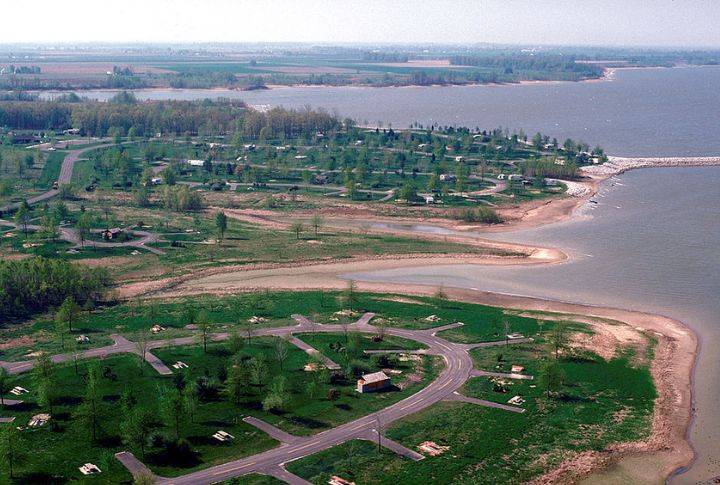
Trade once flowed freely through this region, guided by mound builders linked to Cahokia’s vast network. In what’s now Illinois, satellite villages thrived with precision and order. Modern radar has picked up these symmetrical footprints. Though specific sites weren’t confirmed flooded, their legacy rests just below the surface.
Cherokee Homelands Under Fontana Lake

Imagine entire Cherokee towns lost not to war or time but to water. In 1944, the damming of the Little Tennessee River submerged sacred Cherokee ground. Locals still speak of chimneys poking through low waters. Artifacts resurface occasionally, echoing a presence that refuses to disappear beneath the lake’s morning mist.
Seminole Artifacts At The Bottom Of Lake Okeechobee
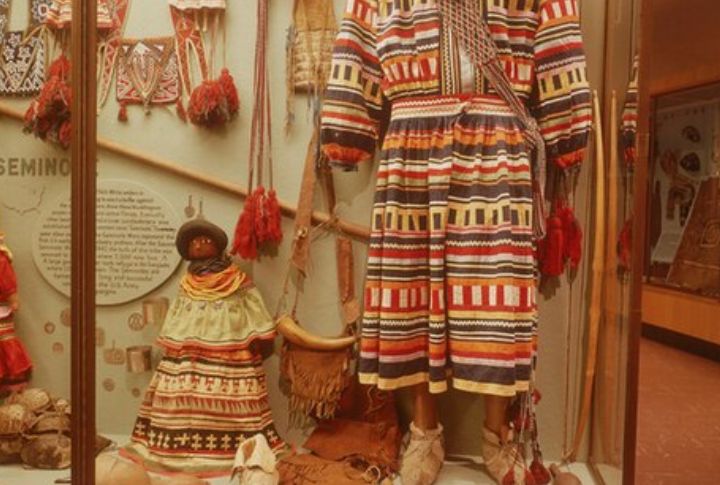
Few realize that beneath this massive body of water are traces of ceremonial life. As Florida reshaped its wetlands, Seminole ritual spaces and hunting camps were buried by dike construction and flood control. Occasionally, carved tools still surface in fishing nets—weathered but unmistakably tied to the land’s original stewards.

